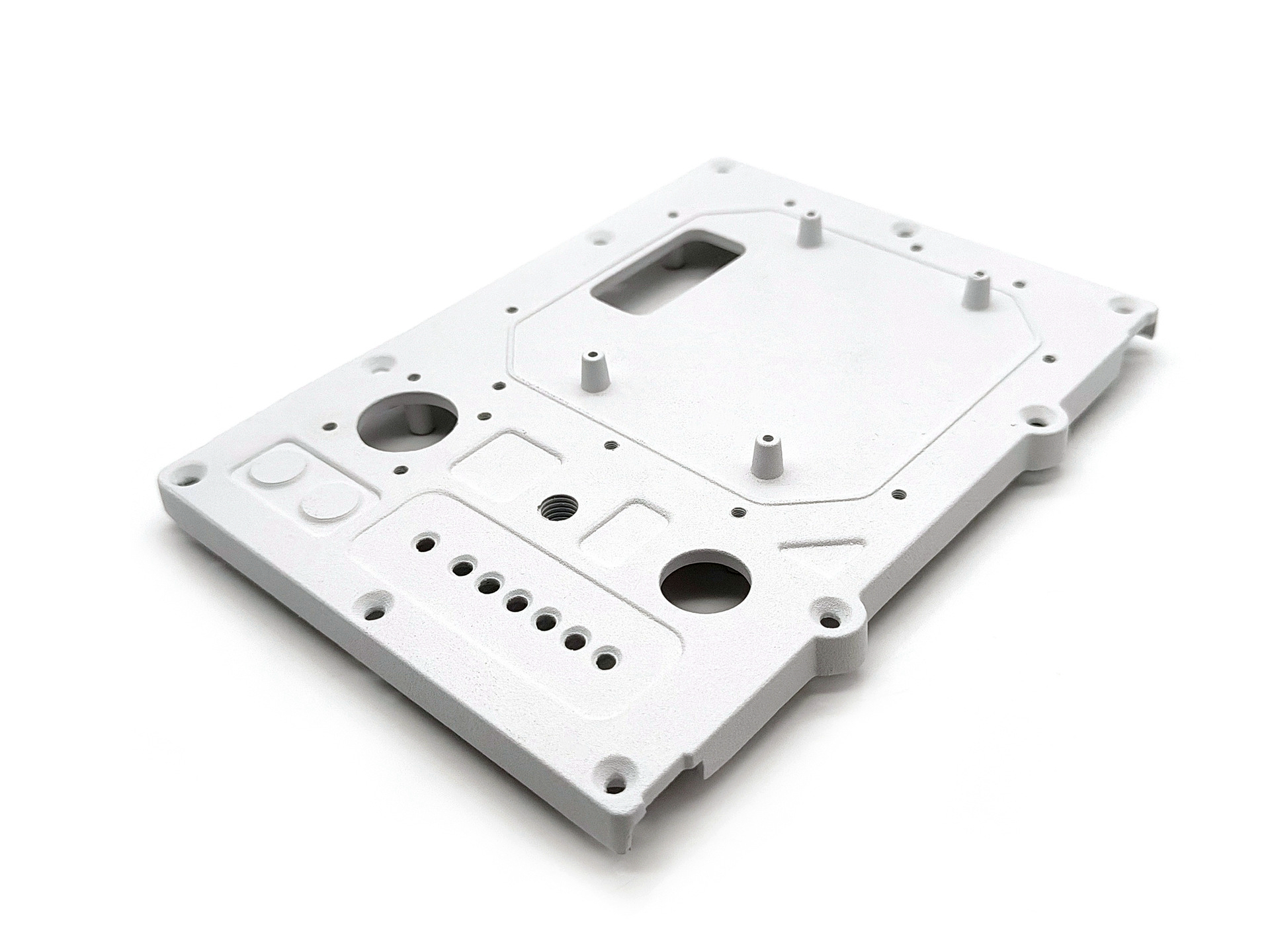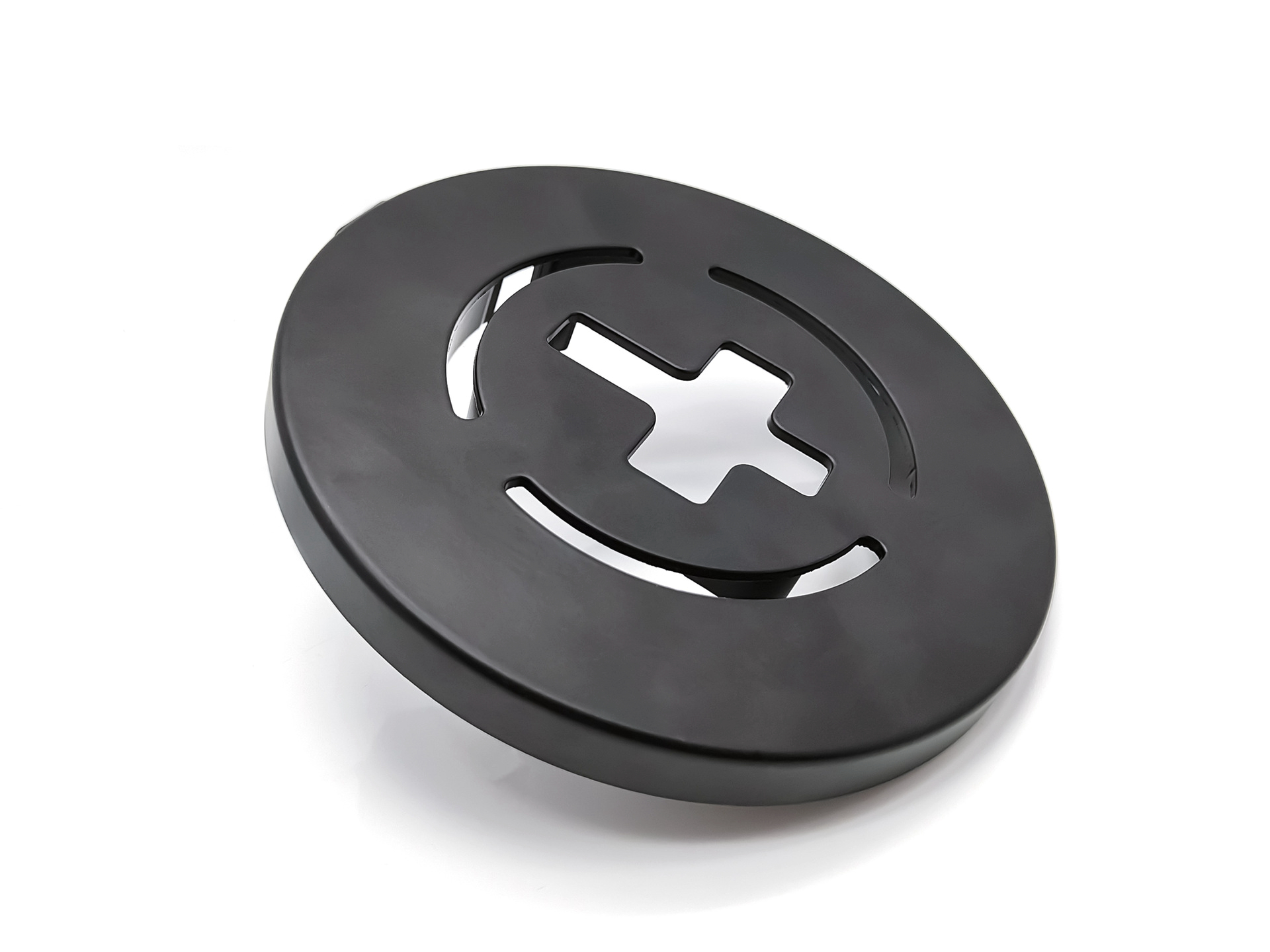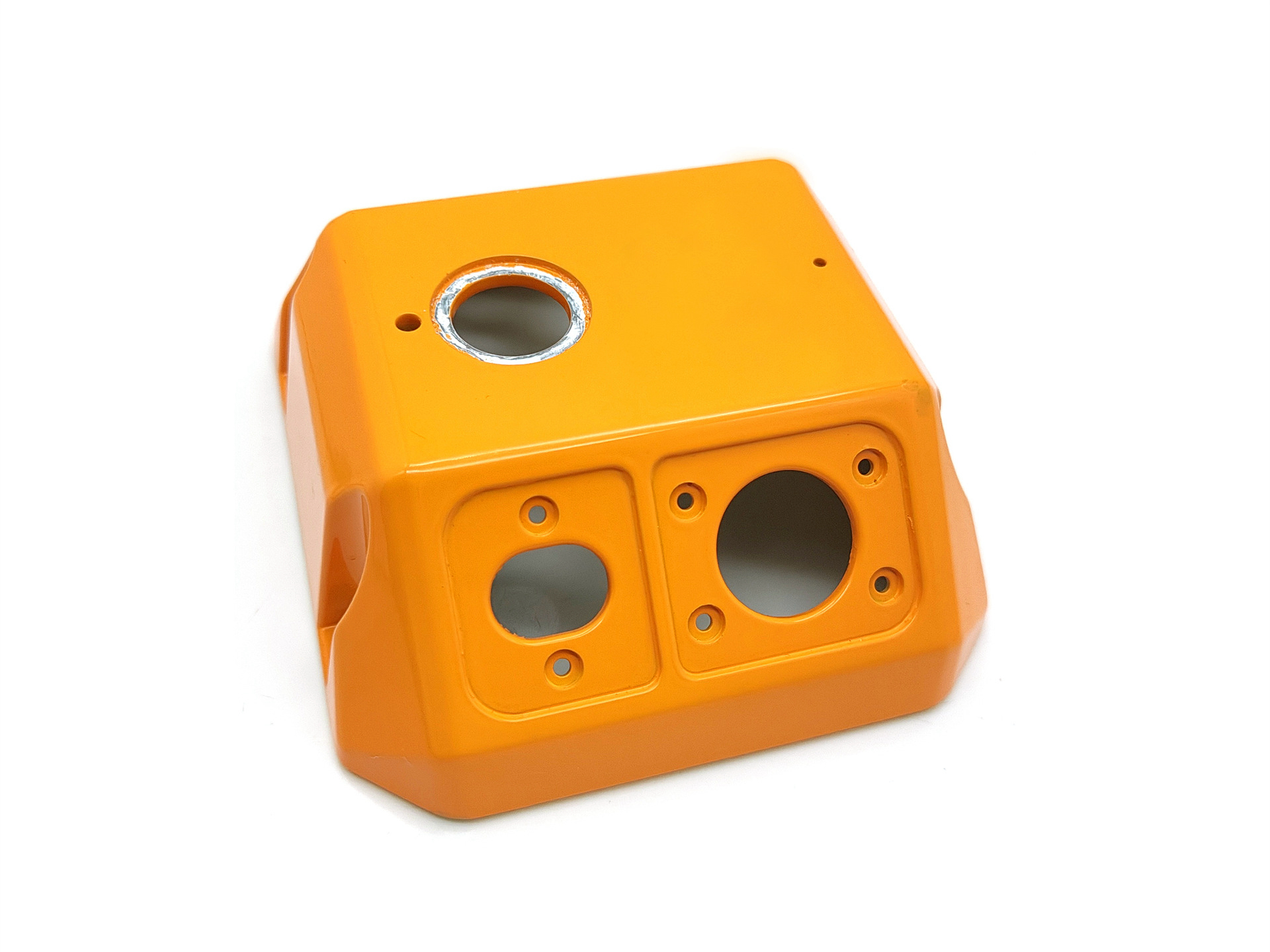What simulation tools are used to validate custom casting designs?
Simulation tools play a critical role in validating custom casting designs before production. They enable foundry engineers and product designers to predict mold filling behavior, thermal distribution, defect formation, and mechanical performance, reducing trial-and-error and saving time and cost. At Neway, advanced simulation technologies are applied during the pre-tooling phase to optimize manufacturability, improve casting quality, and reduce defects in aluminum, zinc, and copper alloy castings.
Why Simulation Is Essential in Custom Casting
Traditional casting trials without simulation often lead to:
Unpredictable defects (e.g., shrinkage porosity, cold shuts, air entrapment)
Prolonged mold trial cycles
Rework on tooling and final parts
Delayed time-to-market
By using simulation early in the design review process, Neway validates part geometry, gating strategy, and cooling balance across various casting processes including aluminum die casting, zinc die casting, and copper alloy casting.
Categories of Casting Simulation Tools
Simulation Type | Function | Key Benefits |
|---|---|---|
Mold Flow Simulation | Predicts how molten metal fills the mold cavity | Identifies air entrapment, cold shuts, misruns |
Thermal Solidification Analysis | Models cooling rates and solidification sequence | Prevents shrinkage porosity, hot spots, warpage |
Stress and Distortion Analysis | Evaluates internal stresses and dimensional deformation | Ensures tight tolerances, avoids cracking or distortion |
Gating & Runner Optimization | Simulates metal flow paths through sprues, runners, and gates | Minimizes turbulence and flow imbalance |
Defect Prediction Algorithms | Forecasts likely defect zones (e.g., gas porosity, surface blistering) | Enables geometry or gating corrections early |
Mold Flow Simulation
Mold flow simulation is at the core of Neway’s casting validation workflow. This tool virtually fills the mold with molten alloy to observe how the part geometry, gate design, and wall thickness affect the fill behavior.
For example, when designing an A356 aluminum automotive housing, mold flow simulation helps ensure:
Uniform flow into ribs and boss features
Avoidance of flow hesitation or bifurcation zones
Identification of gas pockets or potential air traps
By digitally adjusting gate position and flow rate, Neway can achieve optimal metal distribution before cutting any steel.
Thermal Solidification Analysis
Thermal modeling simulates heat transfer and solidification during cooling. This helps identify hot spots where metal stays molten longer and is prone to shrinkage porosity or collapse.
In high-pressure die casting (HPDC), cooling imbalance often occurs at thick bosses or walls >6 mm
In zinc die casting, rapid solidification (typically under 1.5 seconds) requires precise mold temperature control to prevent surface cracks
Thermal maps generated through simulation guide the placement of cooling lines, cores, and chills in the tool design.
Gating and Runner Optimization
Optimizing gating systems improves fill uniformity and reduces metal turbulence. Simulation tools calculate:
Velocity profile across the gates
Laminar versus turbulent flow zones
Pressure drop at junctions or runners
This ensures a smooth transition from sprue to cavity, lowering the risk of flash, gas entrapment, or surface porosity. Neway applies this method to all tool and die projects to ensure molds are tuned for performance.
Defect Prediction and Corrective Feedback
Modern simulation platforms incorporate defect prediction models based on metallurgical and fluid dynamic data. These include:
Porosity prediction based on solidification shrinkage rate
Cold shut risk based on flow front temperature
Air entrapment modeling using gas flow tracking
Once a defect is predicted, the software recommends corrective actions, such as:
Increasing gate size or moving it closer to thicker areas
Adjusting injection speed or mold temperature
Adding overflow channels or vacuum vents
Integrated Design-to-Tooling Workflow
Neway integrates simulation data directly into its CAD-to-tooling process:
Simulation results are overlaid onto 3D CAD models (e.g., STEP, IGES files)
Design revisions are implemented before mold steel cutting
Tool steel choices (e.g., H13, P20) are matched to thermal and stress demands
This ensures the first trial shot is closer to production-ready, reducing the number of mold corrections needed.
Conclusion
Advanced casting simulation tools are critical to delivering dimensionally accurate, defect-free parts on time and within budget. At Neway, simulations are not optional—they are built into every custom casting project to validate geometry, gating, cooling, and solidification strategies before tooling begins. This proactive approach saves time, minimizes cost, and gives clients confidence to receive parts that perform as designed from the very first batch.



